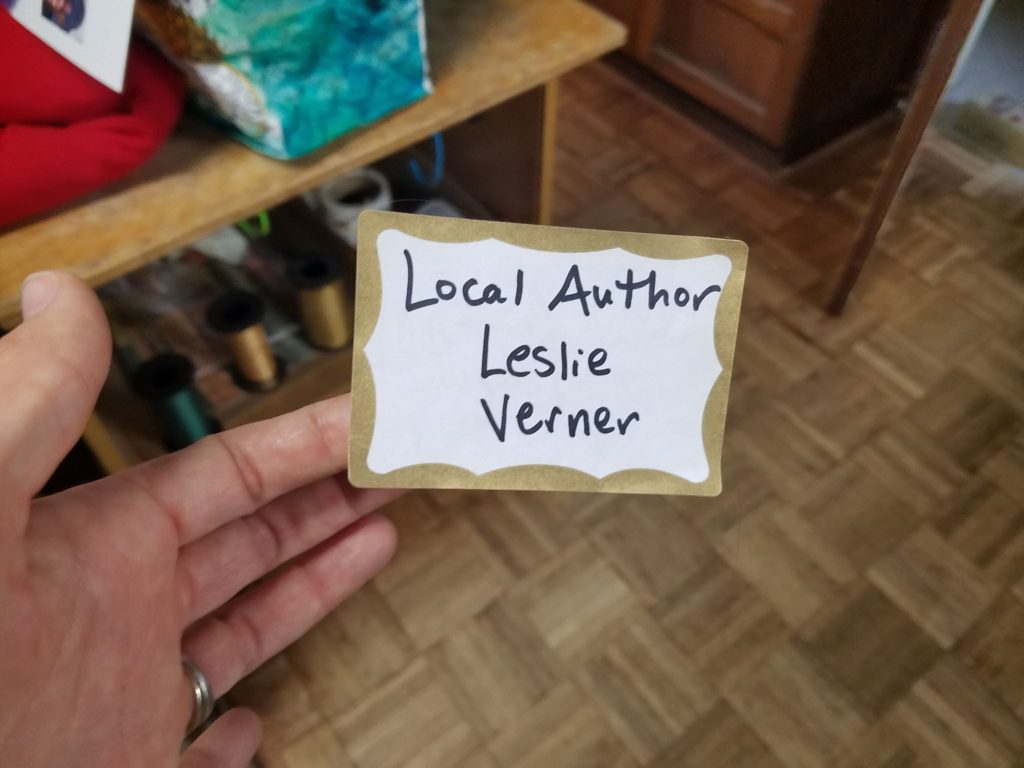
The bookstore manager, Pam, takes me behind the desk to the backroom of Macdonald Book Shop in Estes Park, Colorado. I plop my bags on a table in a snug break room. One door leads to a bathroom.
“The lock doesn’t work, so be sure to knock first. Then leave the door ajar when you go out so we know it’s available,” Pam tells me.
Another doorway leads to a tiny office with a desk facing a window. The owner, Paula, is an elderly woman with a warm smile and curved upper spine. Later in the afternoon, I’ll see her sitting at this desk and imagine she’s ordering books for customers; or perusing reviews online to determine which books will sell to tourists and her loyal customers.
Pam steers me out another door to a room in the bookstore with a worn brown leather chair Pam calls “Grandpa’s chair” in front of a fireplace. A table is next to the chair, with a small poster of my book cover announcing the book signing today from 2 to 4 pm. I’ll sit in Grandpa’s chair between the kid’s book section and the Colorado and Native American book section, which is rather large for a bookstore of this size. Later, another worker, Sally, will tell me she works at the Native American museum in Arizona, and I wonder if she’s responsible for this sizable selection.
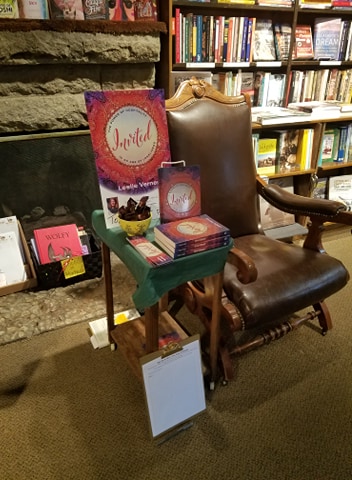
I scribble a nametag that I brought for myself: “Local Author Leslie Verner” and stick it to my dress, then hide my pen and post-it notes behind the display. I prop my clipboard with a sign-up for my newsletter on the floor next to the table and wonder if I should sit, stand, or chase down customers to talk about my book (as Pam suggested).
This is my first book signing for my first book. I’m giddy. Writer friends had advised me to avoid scheduling book signings because they’re awkward, not profitable, and are time consuming. But independent bookstores have my heart. If my husband and I travel to a new town, the first thing we do is identify the coffee shops and independent bookstores. We wander to our respective genres: him, to the sci-fi, fantasy, and nature writing aisles; me, to the poetry, essay, and writing sections. If we have our kids with us, we take turns waiting with them in the kid section and rotate after some minutes so we can browse kid-less.
It’s a Friday and overcast, a rarity for the end of August in Colorado. The crowds of tourists have thinned since I stopped by just two weeks before to drop off some posters and copies of my book. Kids have returned to school and summer is quickly melding into fall.
Settling into Grandpa’s chair, I wonder if anyone will stop by at all.
I had contacted the local newspaper to alert them of my signing. Later, Pam will send me a clip of the article—a write up from my Goodreads description of my book, a headshot, and my book cover—vibrant even in newsprint. All three book sales today will result from local residents reading this article and stopping by to meet me and have me sign the book they buy.
What I sacrifice in time and actual sales, I make up for in conversation. I talk to Sally, the employee who volunteers at the museum in Arizona. She’s worked here every summer for over twenty years. I ask her if she reads a ton and she answers, “I try to. But at my age, I’ve decided to only read non-fiction.” I nod, thinking of the truth embedded even in the fiction books I read, but choose not to disagree. I ask her if she’s read any Joan Chittister and tell her I’m reading The Gift of Years, a book on aging. She smiles, “I think I understand aging pretty well.” I wonder how old she is. Seventy? Seventy-five? I have no idea, but I wonder if I’ll be more choosy with my books as I age, knowing my time is limited.
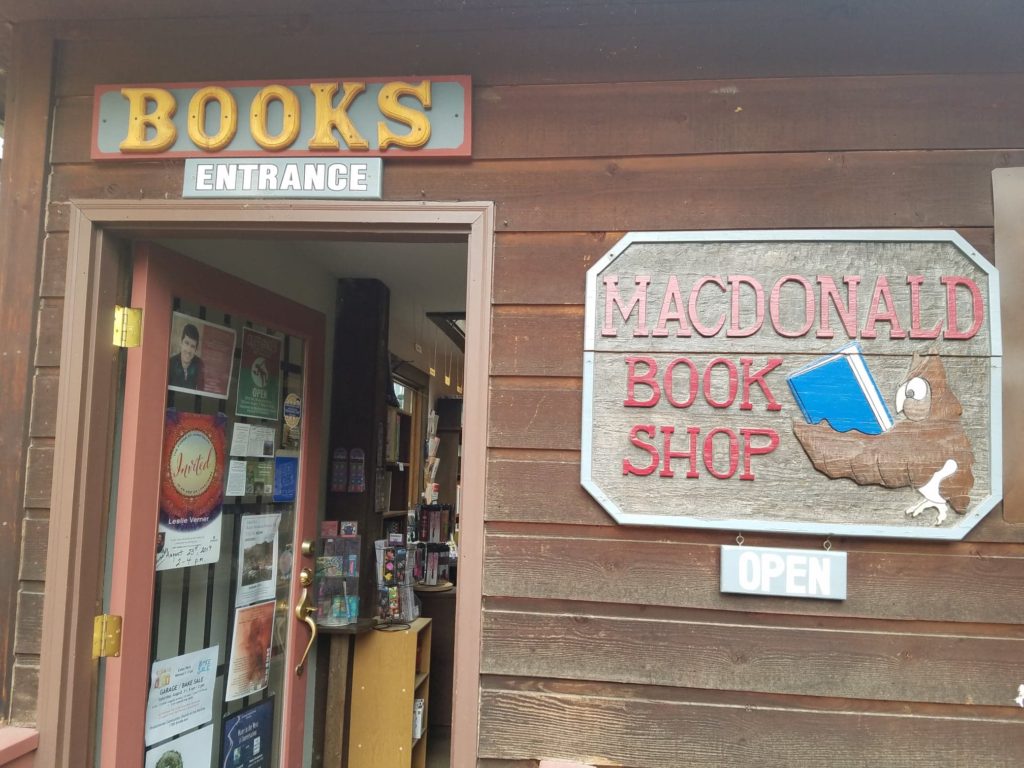
I talk to a mother and daughter for a long time about transition, finding friends, and community—they are dropping her off at college in Boulder. They seem excited about my book until the mother reads the back cover. I wonder if the word “Christian” in the description turns her off.
“How long’d it take you to write it?” another man asks, sauntering by as I sit in Grandpa’s chair, reading my library book in the lull.
I laugh, “Twenty years?” I say. “But from the time I started thinking about writing it to actual publication, about two years.”
A few minutes later, I see a man reading the back cover of my book at the front of the store. I hear Pam tell him the author is here if he’d like to meet her. I see him look up, then stride back to meet me. I stand and he leans down to point at my book on the table, flipping it to the back. “You say here this book is about ‘holy hospitality’ and ‘how hospitality is at the heart of Christian community,’ but when I read about Christians in the news …” he drops off.
I know what he’s going to say. He starts again, “I grew up kind of going to church, but it seems to me the church isn’t doing what it should be doing.” I didn’t disagree. I told him my book was less of a commentary on the church at large, and more of a consideration of small pivots of faith to follow Jesus and love people around us.
Later, Paula writes me a check in the backroom for the five books I had sold–three today and two of the ones on display in the previous weeks–and three more to keep in the shop ($12 total profit for eight books after subtracting what I paid my publisher for the copies). Pam helps me gather the remaining books and we talk about my conversation with this man.
“I kind of overheard it, but didn’t hear all of it,” Pam says. I tell them I had forgotten the word “Christian” was even on the back of my book and was taken off guard.
“I wish the publisher hadn’t used that word,” I say. “It’s such a trigger word for people in our society.” The women agree. Sadly, the word “Christian” often carries a negative connotation for people today.
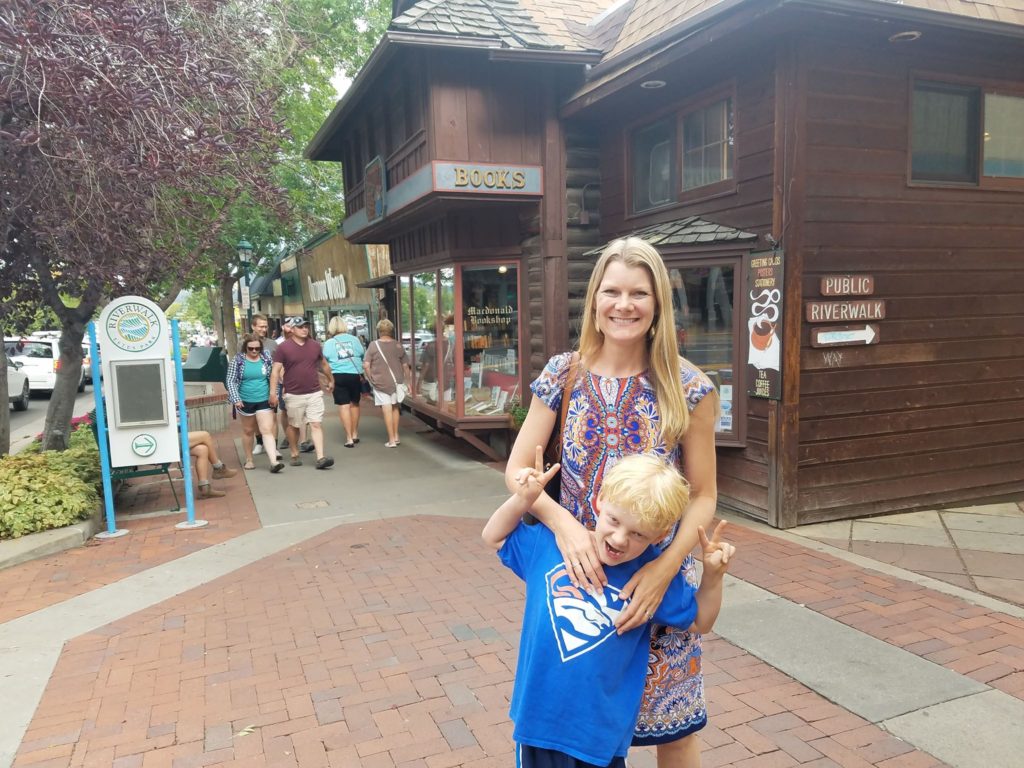
Afterward, I order a vanilla latte (using nearly half my profit) at Inkwell and Brew, a coffeeshop behind Macdonald Bookshop, and settle into a small booth overlooking the river glimmering through downtown Estes.
I’ve already asked whether the book writing was worth it. But was the two-hour signing worth it?
I had about seven long conversations on friendship, community, isolation, and the state of Christianity in the world. I advertised my book in the local newspaper and had my book on display in the window of an indie bookstore I’ve visited many times over the years. The booksellers handed out my bookmarks to local residents stopping by to pick up the books they had ordered and random tourists buying the latest bestsellers. Pam put up posters with my book cover around town. And in the days to come, if a customer is looking for a book on spirituality, hospitality, or community, my guess is that Sally, Pam, Paula, and the other employees will steer them to my book.
As in all aspects of the creative life, it’s best not to gauge success by dollar signs. Creators deal in a mysterious currency. Did our art act as a conduit for connection, depth, and soul? If so, I call this “success.”
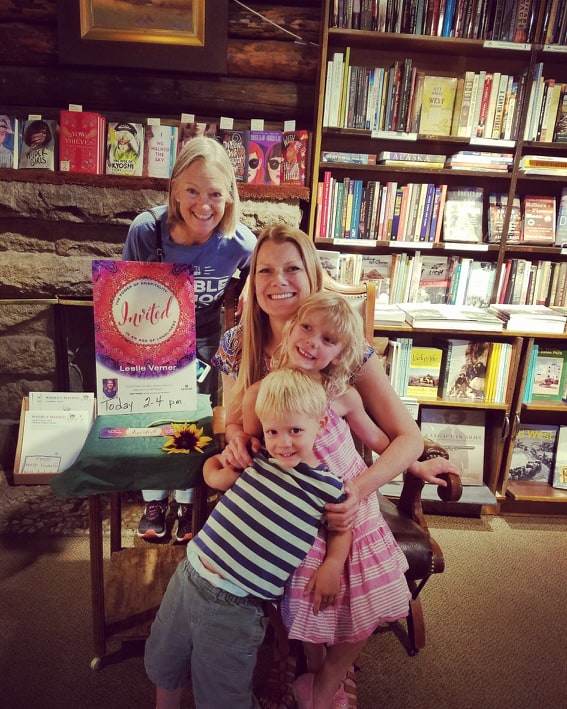
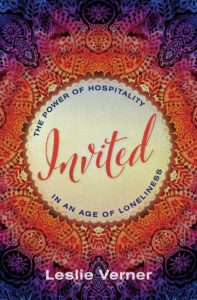
My book Invited: The Power of Hospitality in an Age of Loneliness is now available where all books are sold online, but also in some brick and mortar bookstores–check your local Barnes and Noble, or support your local independent bookstore by ordering it from there! You can also order it from your local library.
SO many ways to get your hands on it! 🙂 Sign up for my newsletter and I’ll send you chapter 1 for free!
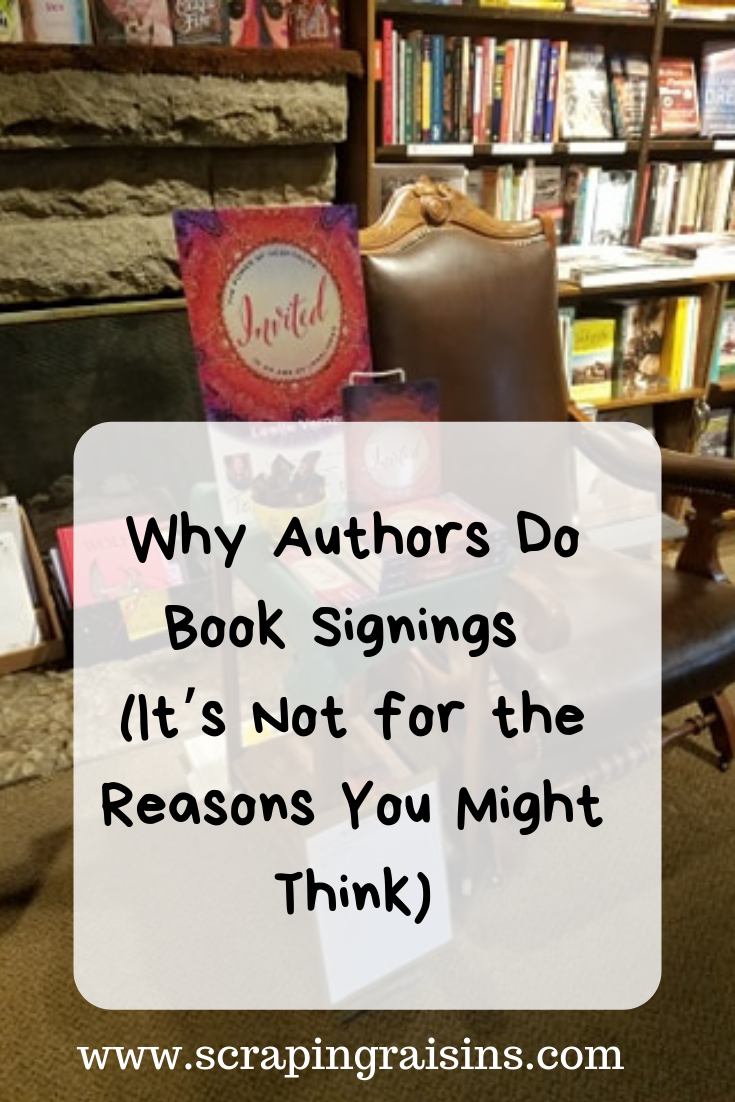
*This post contains Amazon affiliate links
